Boat Hull Types, Shapes & Designs
Boat hull types, shapes, and designs determine how a vessel performs on the water. From stability and speed to maneuverability and comfort, the hull is the foundation of every boat’s behavior. Understanding the main hull styles helps boaters choose the right craft for fishing, cruising, watersports, and rough-water conditions.
Boats come in many shapes and sizes, and their hulls vary just as much, but every hull serves one of two purposes: to displace water or to plane on top of it.
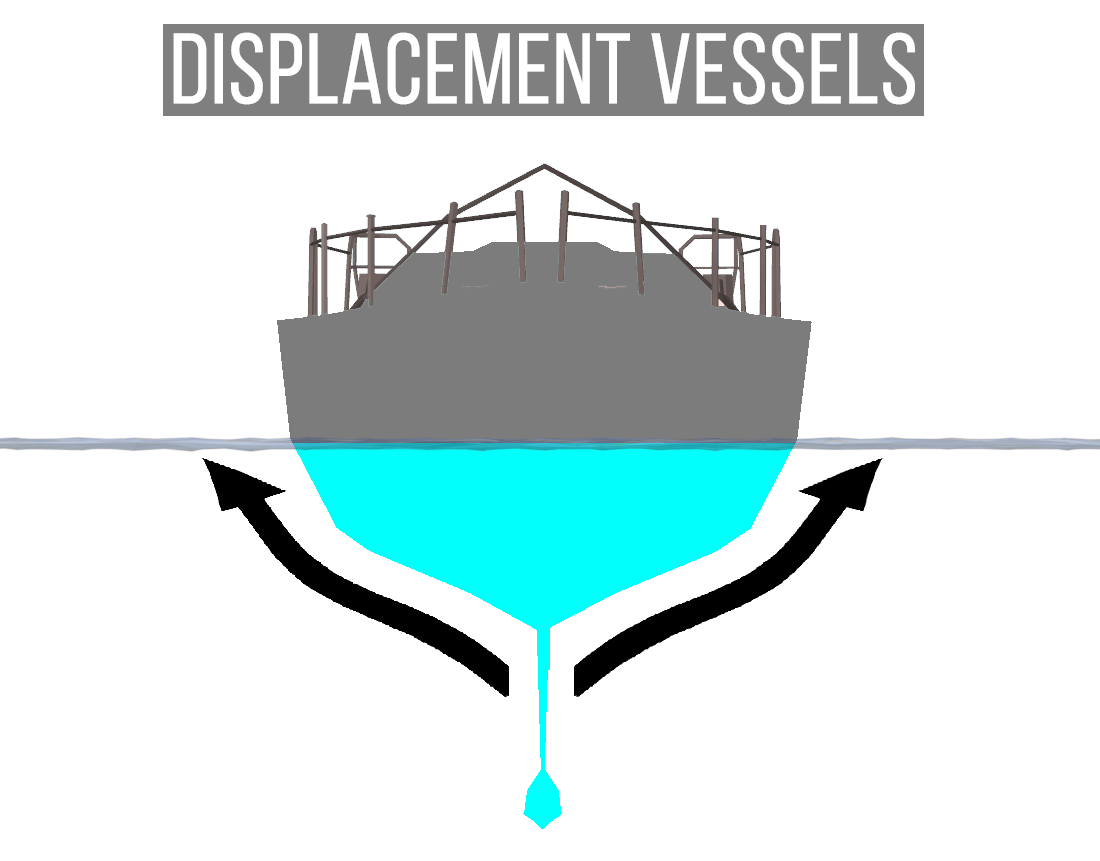
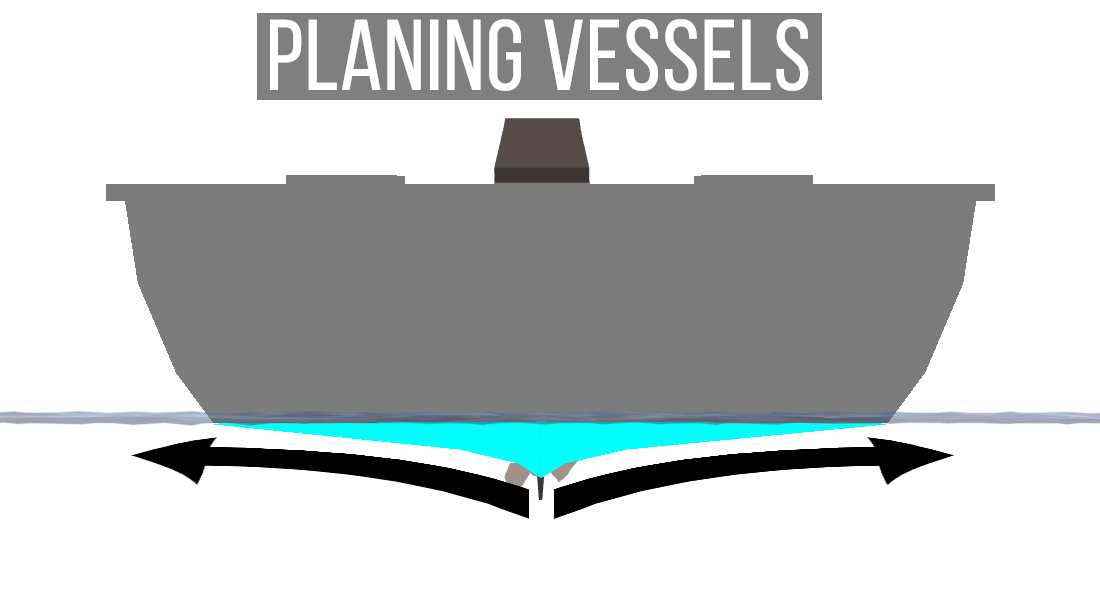
Larger ships, sailboats, and slower vessels use displacement hulls that push water aside as they move, while smaller, faster craft like powerboats and personal watercraft use planing hulls, which lift and skim across the surface at higher speeds. With these basics in mind, we can explore the most common hull types.
There are many different types of displacement and planing hulls, each designed for specific performance needs. Displacement hulls vary from round-bottom and multi-hull designs to deep, stable forms used on large ships and sailboats. Planing hulls include flat-bottom, vee-bottom, and modified-vee shapes, all built to rise and glide over the water at higher speeds. Understanding these variations helps boaters choose the hull style that best matches their activities, whether cruising, sailing, fishing, or high-speed riding.
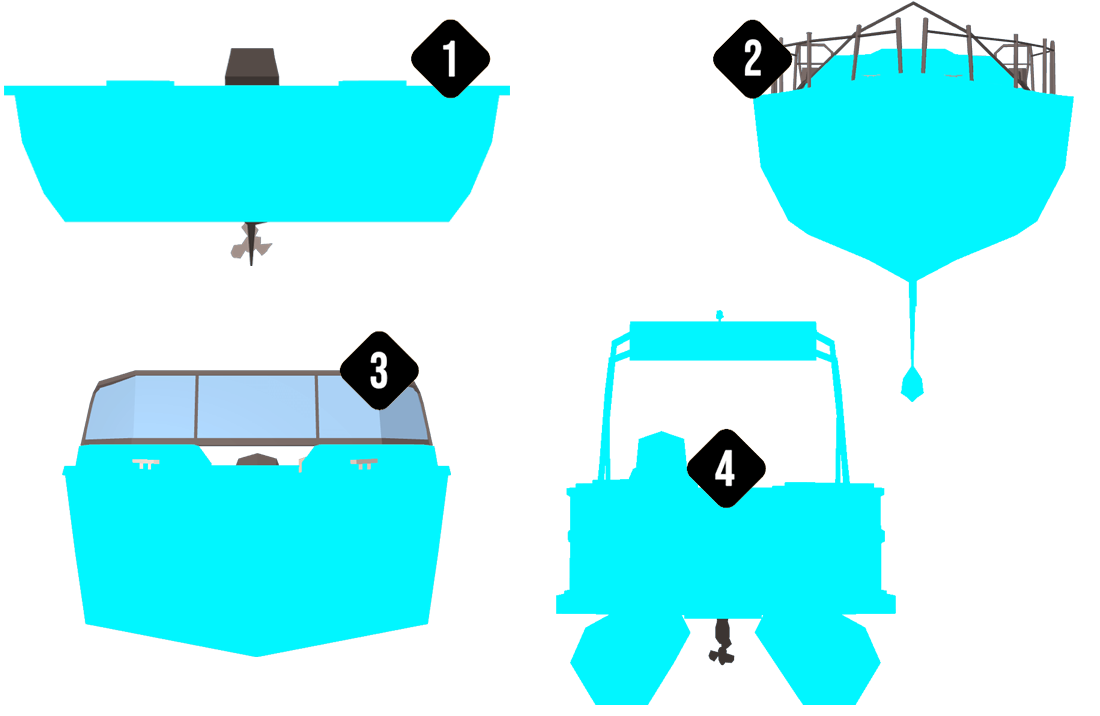
- Flat-Bottom Hulls
- Round-Bottom Hulls
- V-Shaped Hulls
- Multi-Hulled
Flat bottom boat

These boats are generally less expensive to build and have a shallow draft. They can get up on plane easily but unless the water surface is perfectly calm they tend to give a rough ride because of the flat bottom pounding on each wave. They also tend to be less stable and require careful balancing of cargo and crew.
Examples of flat bottom boats are Jon boats, small utility boats, and some high-speed runabouts.
Vee bottom boat
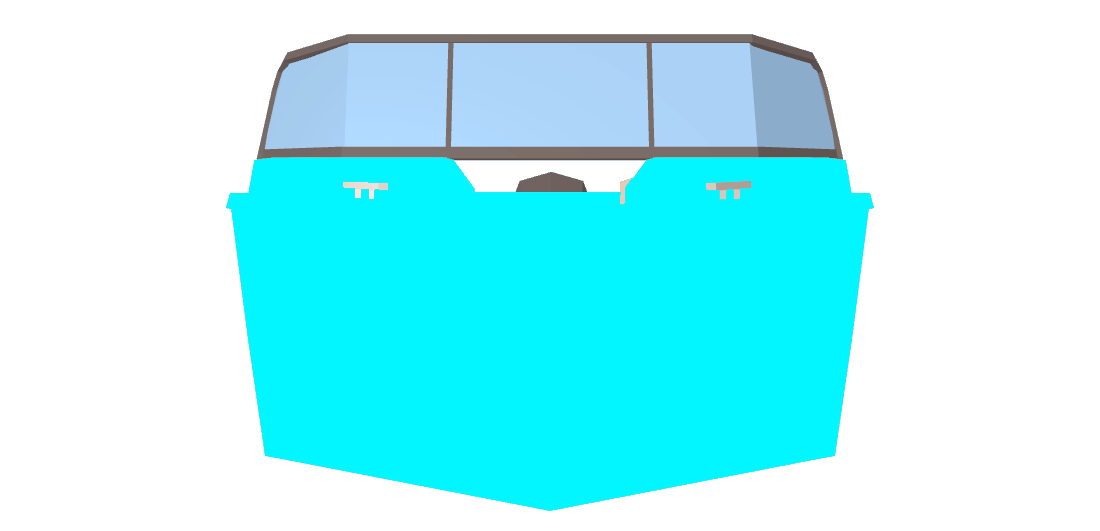
The vee bottom has a sharper entry into the water that provides for a smoother ride in rough water. They do, however, require more power to achieve the same speed. Many runabouts use the vee-bottom design.
Round bottom boat
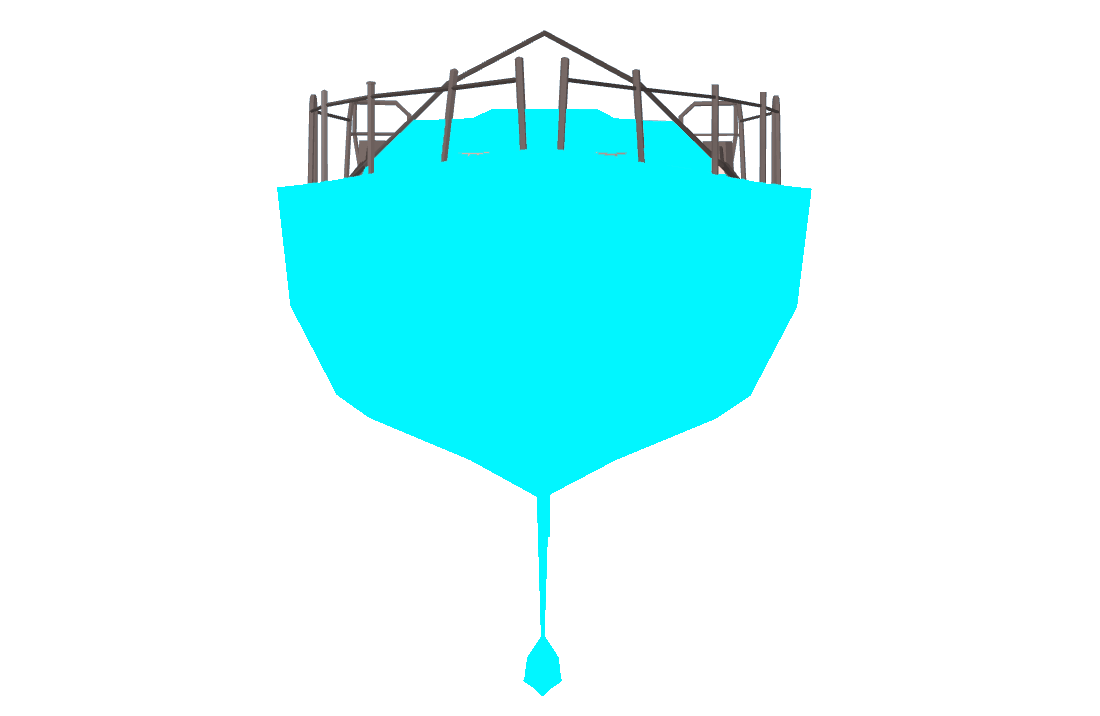
These move easily through the water, especially at slow speeds. They do, however, tend to roll unless they are outfitted with a deep keel or stabilizers. Many trawlers, canoes and sailboats have round bottoms.
Multi-hull bottom boat
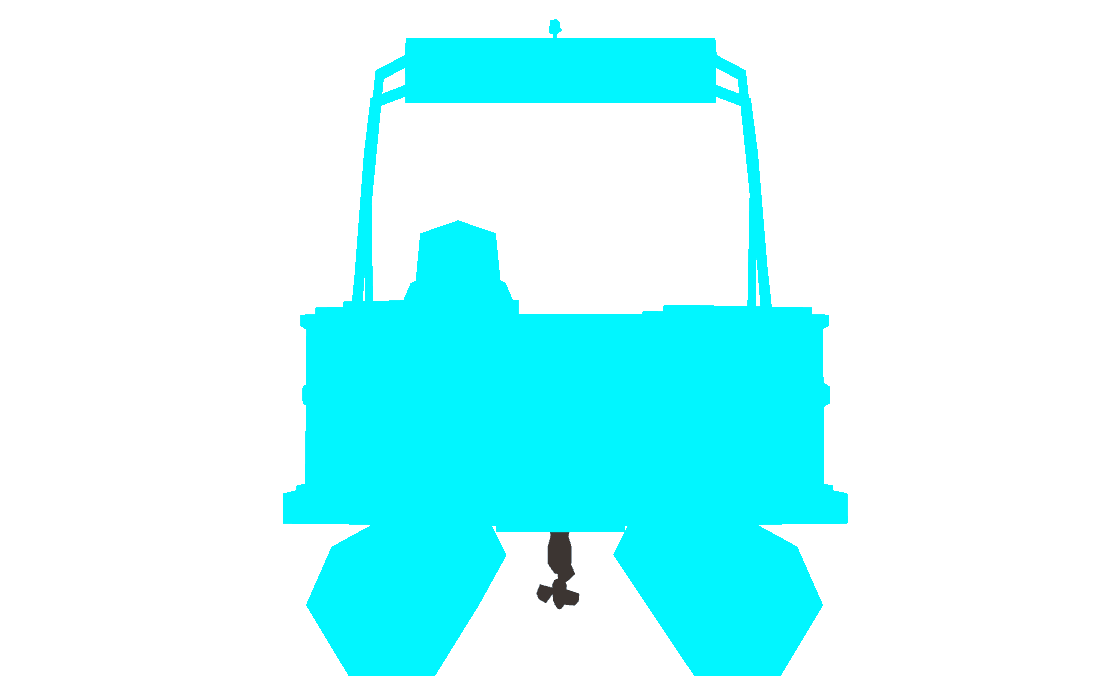
Catamarans, trimarans, pontoon boats and some houseboats carry the multi-hull design. The wide stance provides greater stability. Each of the hulls may carry any of the bottom designs described above.